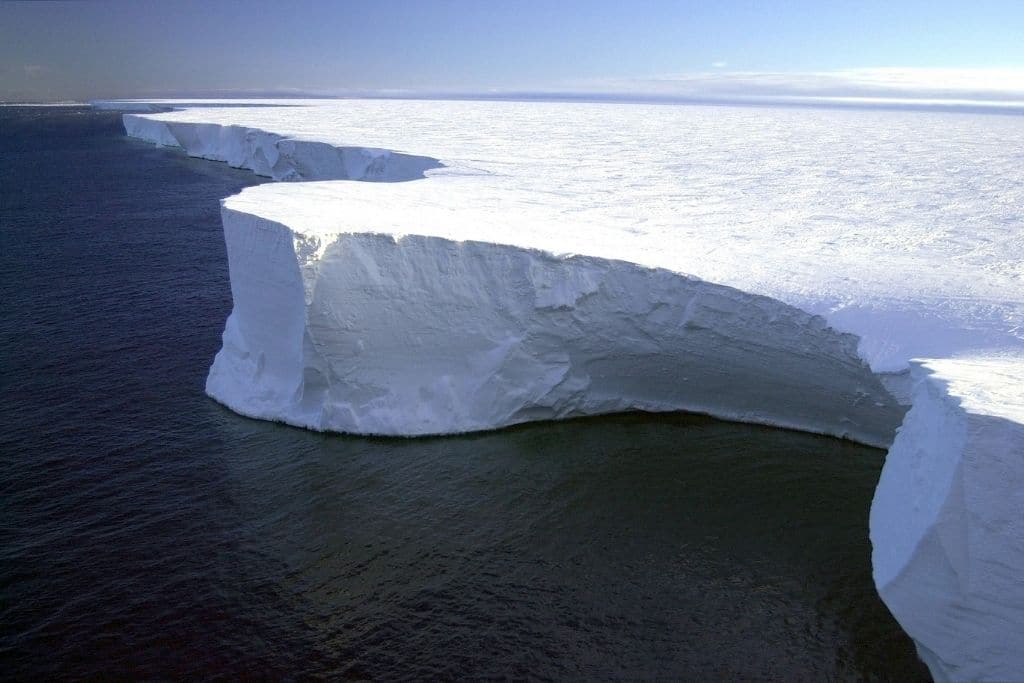Both Earth’s poles are undergoing simultaneous extreme heat events, with temperatures in Antarctica and the Arctic soaring up to 40C above average.
—
Earth’s poles are simultaneously experiencing extreme high temperatures, with parts of Antarctica reaching 40 degrees Celsius higher than average temperatures, while some areas in the Arctic hit more than 30C above average, causing alarm to many climate scientists.
Temperatures in Antarctica shattered previous records on March 18 where the Concordia weather station recorded -12.2C, which is about 40 degrees warmer than average. Meanwhile, the Vostok weather station climbed to above -17.7C, beating its all-time record by about 15C. Another coastal station, the Terra Nova Base, saw temperatures reach far above freezing at 7C.
At the same time, weather stations near the north pole also showed signs reaching near or at melting point, with some temperatures hitting 30C above average temperatures in mid March periods.
“They are opposite seasons. You don’t see the north and the south (poles) both melting at the same time,” National Snow and Ice Data Center in Boulder Walt Meier told The Associated Press. “It’s definitely an unusual occurrence.”
“Not a good sign when you see that sort of thing happen,” Meier’s colleague Matthew Lazzara from the University of Wisconsin adds.
To compare, the planet as a whole has currently warmed by 0.6C above the 1979 to 2000 average. That average is also 0.3C warmer than the 20th century average.
The astonishingly high temperatures in both poles could be another warning sign of disruptions in the Earth’s climate systems. And while some scientists believe it is a random weather phenomenon, should this occurrence repeat again, it could another worrying impact of rapidly worsening climate change.
In 2021, the first part of the Intergovernmental Panel on Climate Change (IPCC) report warns that human-induced climate change has caused unavoidable changes to some parts of the Earth’s climate system.
The heat waves at the Earth’s poles could lead to further and more extensive polar sea ice melt, causing sea levels to rise even more rapidly. Additionally, as polar sea ice melts, particularly in the Arctic, it reveals a dark ocean that absorbs more heat than reflective ice, exacerbating planet warming.
The Arctic is already one of the fastest warming parts of the world, warming more than twice as fast as the global average. Scientists have also been keeping a close eye on the Thwaites Eastern Ice Shelf in Antarctica, which many are calling it to be the “Doomsday” glacier, where recent satellite images show cracks in the shelf. If the entire shelf collapses, sea levels would rise over two feet, endangering millions of people in coastal areas.
You might also like: Antarctica’s Thwaites Glacier is Deteriorating at an Alarming Rate- What It Means


















